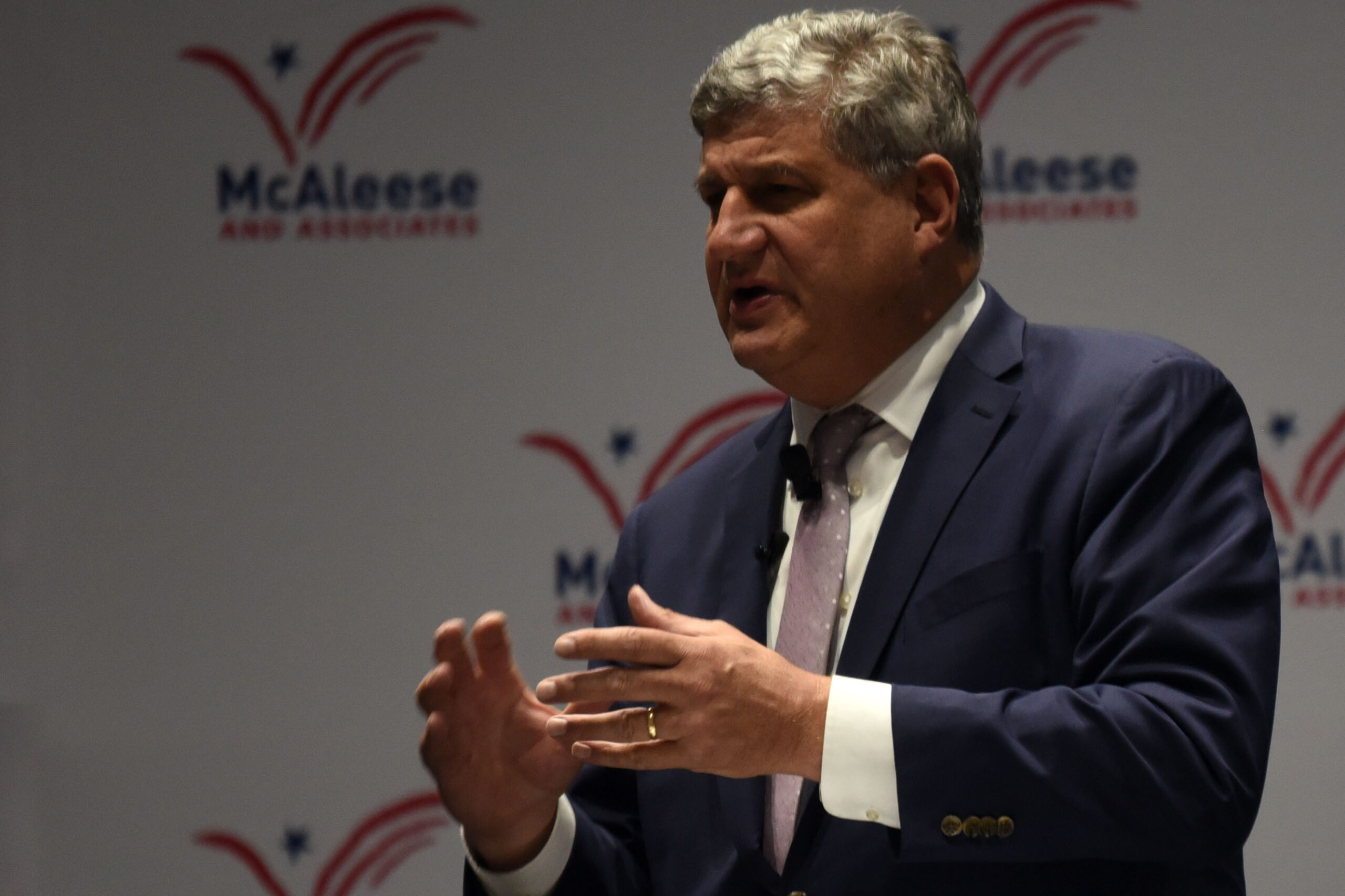
US Acquisition and Sustainment Chief Outlines Need For More Resilient and Agile Industrial Base
Peter Felstead
Reflecting a strategy adjustment outlined in the US Financial Year 2024 Defense Budget request submitted to Congress on 9 March 2023, a top US Department of Defense (DoD) procurement official has stressed the need to make fostering a resilient and robust defence-industrial base a priority.
Speaking on 15 March at a McAleese-sponsored event in Washington, DC, US Undersecretary of Defense for Acquisition and Sustainment (A&S) William A LaPlante said US sustainment and procurement mechanism need to move away from a just-in-time mindset to accommodate the potential for high demand during a conflict.
Just-in-time inventory management sees raw materials arrive as production is scheduled to begin but no sooner, which cuts warehousing costs and increases efficiency. However, LaPlante noted that Russia’s invasion of Ukraine has brought into sharp focus the importance of being able to surge production rapidly.
“Over time, the industrial base has prioritized efficiency over resiliency,” he said. “We’ve allowed production lines to go cold, watched as parts became obsolete, and seen sub-tier suppliers consolidate or go out of business entirely.”
LaPlante conceded that these were conscious decisions jointly made by the DoD and Congress in the face of competing priorities, but he said that “No one anticipated the prolonged high-volume conflict we’re seeing in Ukraine.”
To illustrate the problem LaPlante explained that the kind of weapons being shipped to Ukraine, such as Javelin anti-tank missiles, Stinger surface-to-air missiles and the Guided Multiple Launch Rocket System rounds used by the High Mobility Artillery Rocket System can take two or three years to produce.
“Their complex production lines simply can’t be turned on or off based on the requirements of the day,” he said. “Industry rightfully remains reluctant to build additional capacity at risk, until they have a clear, consistent demand signal or business case from the DoD.”
Clearly influenced by the conflict in Ukraine, the US FY 2024 Defense Budget request includes USD 30.6 Bn (EUR 28.68 Bn) for munitions: an increase of USD 5.8 Bn above last year’s request.
Michael J McCord, US Undersecretary of Defense (Comptroller) and Chief Financial Officer, stated on 15 March, “Ukraine has certainly informed us of the lack of flexibility in our industrial base. … We are going to up our game.” He added that the DoD and US defence-industrial base need to be more agile in fulfilling any surge in demand for munitions. One solution being put into place, he noted, is multi-year procurements for munitions – similar to those for major defence platforms – that keep assembly lines running and workforces employed.

LaPlante said that, soon after the start of the Ukraine conflict in February 2022, his department stood up a team of specialised munitions experts called the Munitions Industrial Base Deep Dive. This team analysed production status and capacity for key weapon systems, identified parts obsolescence and supply chain constraints, and recommended quick paths to mitigate those issues.
The team successfully accelerated munitions production in partnership with the US armed forces and industry, with LaPlante noting that “They have been so impactful, we’re now institutionalising that effort in a permanent production accelerator.”
A&S is also partnering with industry in areas such as advanced manufacturing techniques to produce metal parts in smaller batches quickly when needed, said LaPlante.
“We can be much more agile, flexible, including collapsing design and manufacturing together as we moved into this digital engineering phase,” he said. “By leveraging this kind of innovation, which enables flexibility, we can stabilise the industrial base and build it for the future and ensure we’re delivering the capabilities we need.”
Peter Felstead












